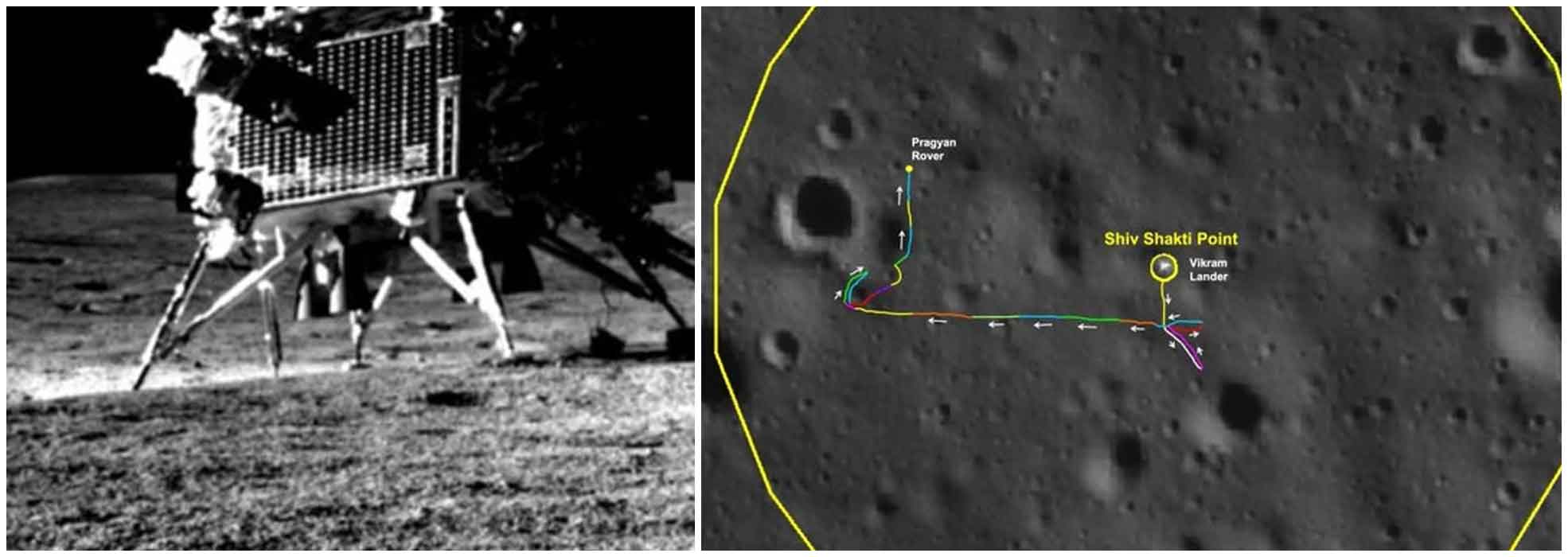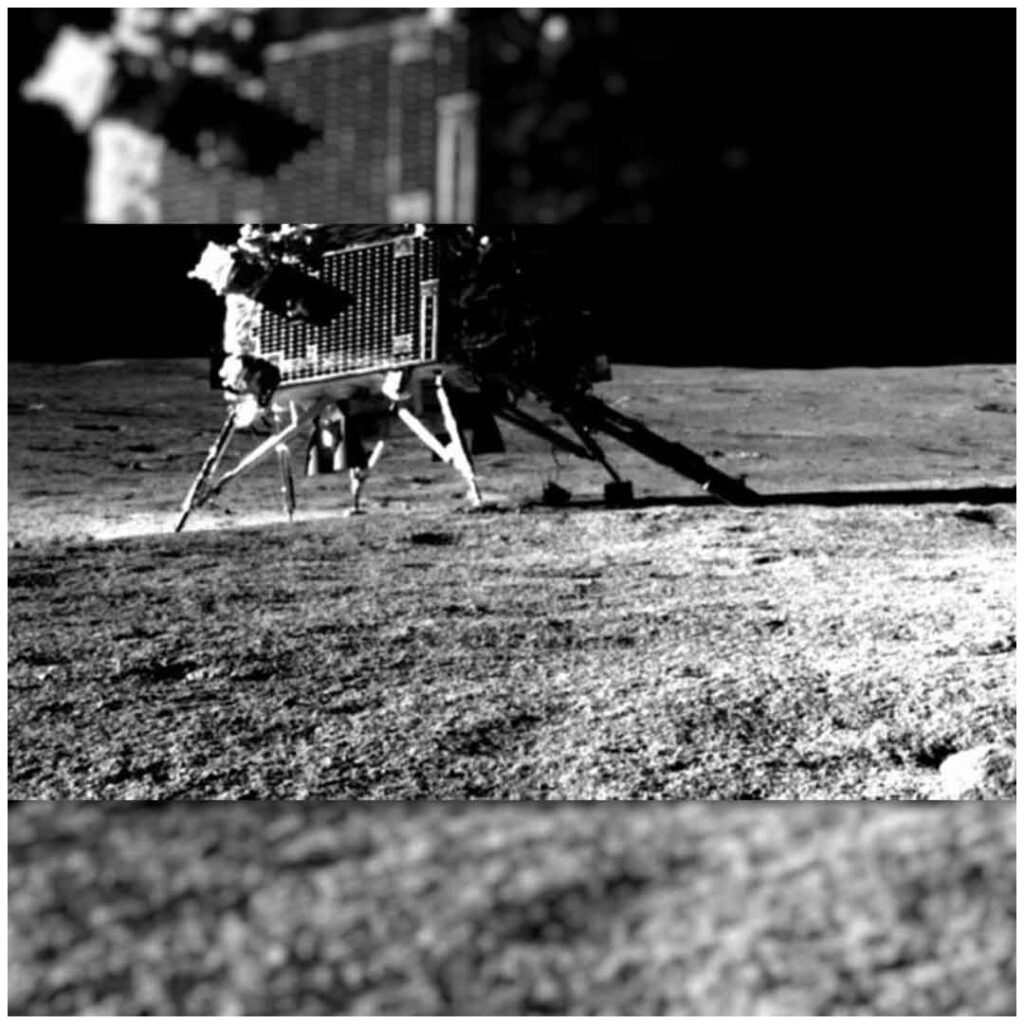Chandrayaan 3 rover by ISRO makes major discovery at Moon's South Pole's Shiv Shakti point

India's space agency, ISRO, has once again made headlines with its groundbreaking Chandrayaan 3 mission. The rover, part of the Chandrayaan 3 spacecraft, has made a significant discovery at the Moon's South Pole, specifically at a location now named Shiv Shakti Point. This achievement not only marks a milestone in space exploration for India but also contributes valuable data to the global scientific community.
The Journey of Chandrayaan 3
Chandrayaan 3, launched by the Indian Space Research Organisation (ISRO), aimed to build on the successes of its predecessors, Chandrayaan 1 and Chandrayaan 2. While Chandrayaan 1 was India’s first lunar mission, renowned for discovering water molecules on the Moon, Chandrayaan 2's mission was to explore the lunar surface with its orbiter, lander, and rover.

Despite the lander of Chandrayaan 2 not making a successful soft landing, the orbiter continued to relay critical information. Learning from the past, ISRO meticulously planned and executed Chandrayaan 3, which successfully landed its rover at the Moon's South Pole, a region of immense interest due to its unique conditions and potential resources.
What Makes Shiv Shakti Point Special?
Shiv Shakti Point, the designated location at the Moon’s South Pole where the Chandrayaan 3 rover made its discovery, is an area rich in potential scientific findings. The South Pole of the Moon is particularly intriguing to scientists because of its permanently shadowed regions, which may contain water ice and other volatiles.
The discovery made by the Chandrayaan 3 rover at Shiv Shakti Point could provide insights into the Moon's composition and history, as well as clues about the presence of water ice. This information is crucial not only for understanding the Moon’s past but also for future human exploration and potential colonization.
The Major Discovery: A Game Changer
The major discovery made by the Chandrayaan 3 rover revolves around the detection of water ice and unique mineral compositions in the lunar soil. This finding is groundbreaking because it confirms the presence of water ice in the South Pole region, which has far-reaching implications for future lunar missions.
Water ice on the Moon can be a game changer for several reasons:
- Resource Utilization: Water can be used for drinking purposes for astronauts, split into hydrogen and oxygen for rocket fuel, and for generating breathable air.
- Scientific Research: Understanding the distribution and state of water ice can help scientists learn more about the Moon’s geology and history.
- Future Exploration: The presence of water ice could support longer-term human missions to the Moon, making it a potential stepping stone for missions to Mars and beyond.
The Role of ISRO and India's Space Ambitions
ISRO’s success with Chandrayaan 3 highlights India's growing capabilities in space exploration. The organization has consistently demonstrated its ability to achieve significant milestones on a relatively modest budget compared to other space agencies. This discovery at Shiv Shakti Point further cements ISRO's position as a formidable player in the global space community.
India's space ambitions do not stop at lunar exploration. ISRO has plans for interplanetary missions, including a mission to Venus and the much-anticipated Gaganyaan mission, which aims to send Indian astronauts to space. The success of Chandrayaan 3 provides a strong foundation for these future endeavors.
Global Impact and Collaboration
The findings from Chandrayaan 3 will be shared with the international scientific community, fostering collaboration and enhancing our collective understanding of the Moon. This mission exemplifies the spirit of cooperation in space exploration, where discoveries benefit all of humanity.
International space agencies, including NASA and ESA, have expressed interest in the data collected by Chandrayaan 3. Such collaborations could pave the way for joint missions and shared use of resources, ultimately advancing human presence in space.
Looking Forward
With the success of Chandrayaan 3 and its major discovery at Shiv Shakti Point, the future of lunar exploration looks promising. ISRO’s achievements inspire not only the people of India but also space enthusiasts and scientists worldwide. This mission is a testament to what can be achieved through perseverance, innovation, and collaboration.
As we look forward to more discoveries from Chandrayaan 3 and future missions, the excitement and curiosity about what lies beyond our planet continue to grow. Each step taken by missions like Chandrayaan 3 brings us closer to unlocking the mysteries of the universe and expanding the horizons of human knowledge.
Click to read the full article





